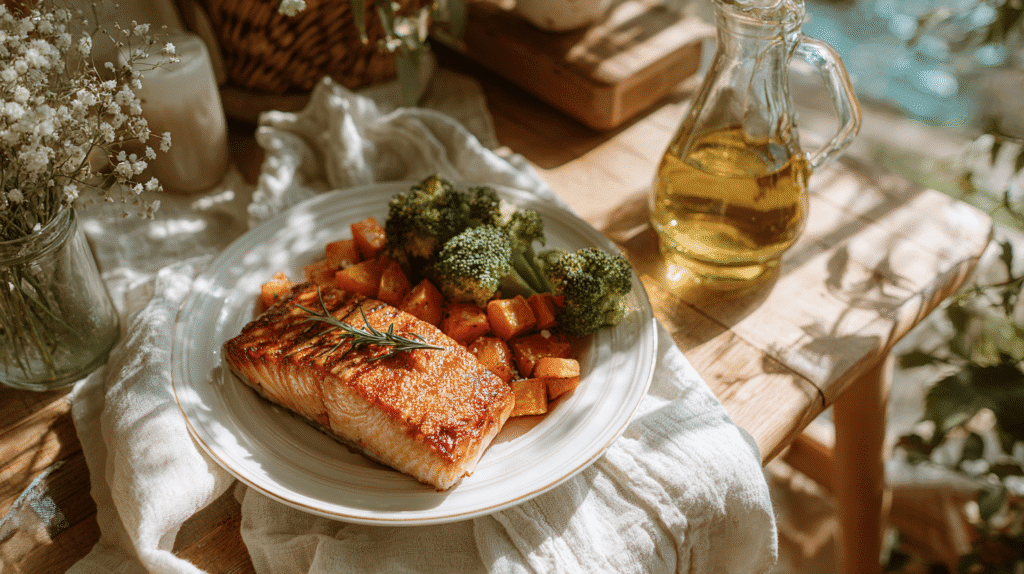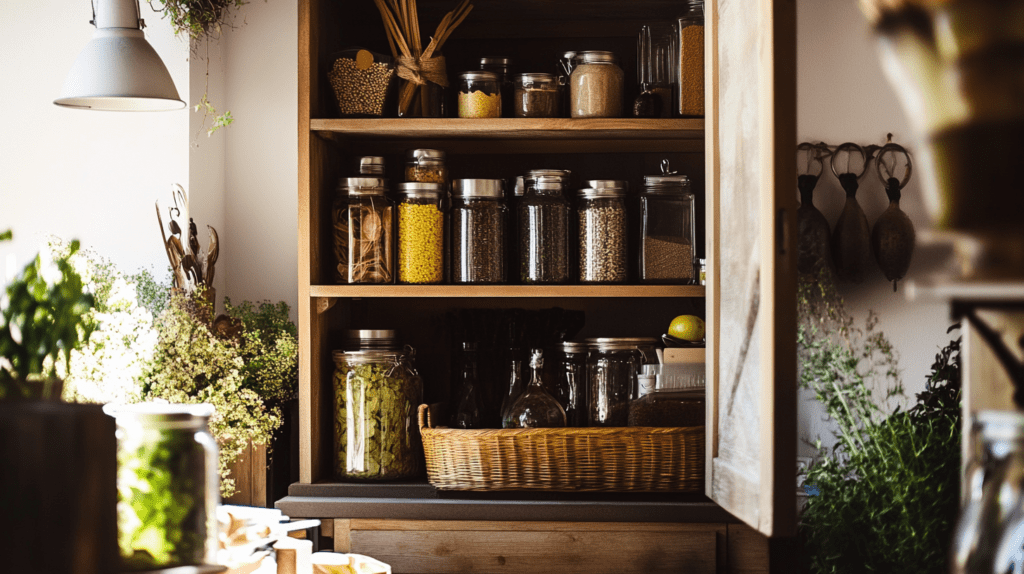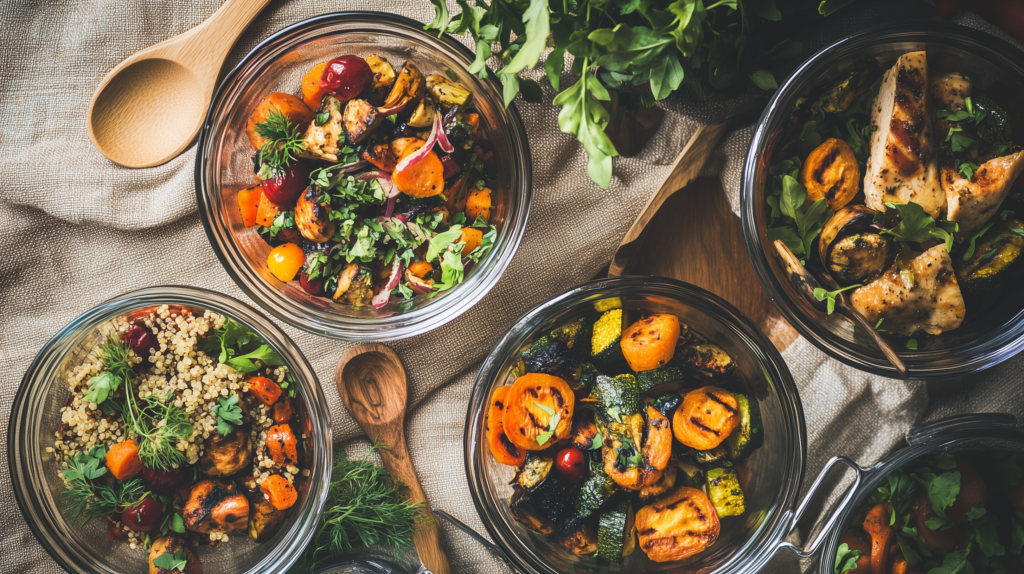This post may contain affiliate links, including those from Amazon Associates. If you make a purchase through these links, I may earn a commission at no additional cost to you. Learn more about our affiliate policy.
Some mornings I stand at the counter with the sunlight just beginning to spill across the kitchen, holding an apple in one hand and staring at an empty fridge.
I remember the days when healthy eating felt like a mountain too steep to climb. Clean eating sounded complicated, almost like another diet rulebook waiting to trip me up.
But I’ve learned it doesn’t have to be complicated.
Clean eating is really about coming back to basics, choosing foods that are close to the earth, free from chemicals and unnecessary additives, and nourishing enough to bring your body back into balance. It’s not a quick-fix diet. It’s a return to what sustains us.
If you’re curious about meal planning for clean eating but don’t know where to start, here are some simple, approachable steps I’ve leaned on.
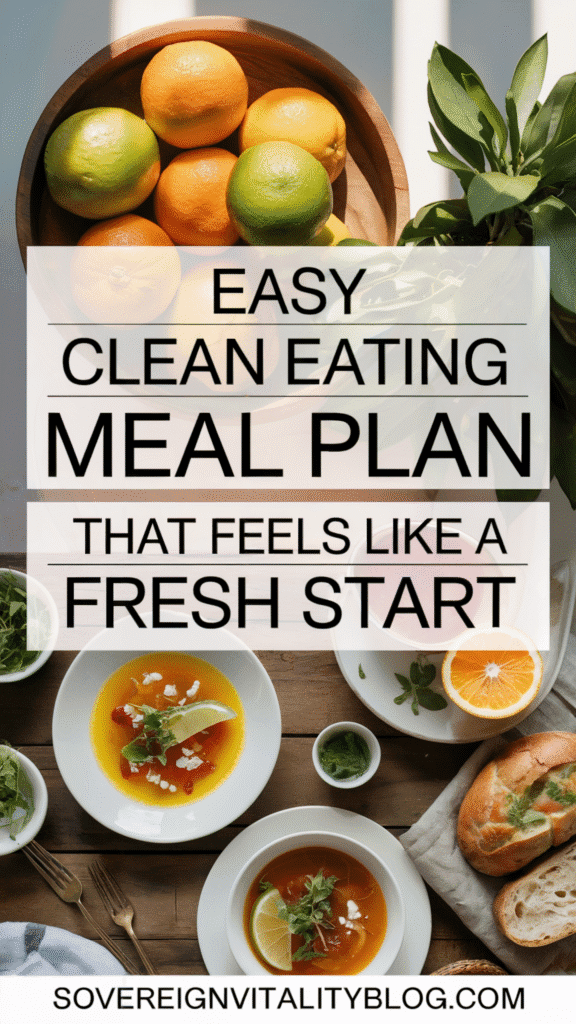
What Clean Eating Really Means
Clean eating is simply about whole, unprocessed foods. Think fruits and vegetables in their natural state, grains like quinoa or oats, proteins from grass-fed meats or beans, and healthy fats like avocados or olive oil.
It also means stepping away from the excess like packaged foods with long ingredient lists, added sugars, artificial flavors, and seed oils.
Instead, we focus on meals built from recognizable ingredients that your body knows how to use.
A few essentials to keep in mind:
- Fresh fruits and vegetables (the more color, the better)
- Whole grains such as brown rice, oats, or farro
- Lean protein sources like chicken, salmon, beans, or eggs
- Healthy fats from nuts, seeds, avocado, and olive oil
This style of eating doesn’t have to feel restrictive. It’s about abundance—filling your plate with foods that bring energy, clarity, and steady calm.
The Benefits You’ll Notice
Clean eating has supported me in countless ways. My energy became steadier throughout the day. My digestion felt lighter. Even my mood shifted as I began fueling myself with foods that truly nourished me.
Studies show that most Americans still fall short of the daily recommended fruits and vegetables. By simply increasing whole, colorful produce and reducing processed foods, you naturally support:
- Better digestion and gut health
- Weight balance without strict dieting
- Steady energy and fewer crashes
- Long-term protection against chronic disease
If you’re looking for a practical next step, you might enjoy 9 Easy Food Swaps for a More Holistic Diet. Small changes add up quickly.
Step One: Set Up Your Pantry
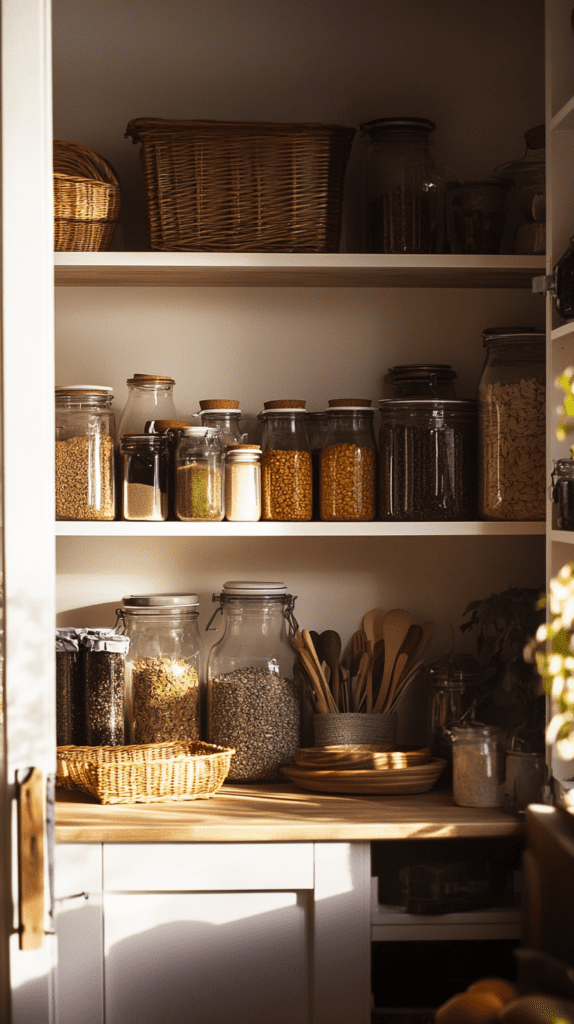
Meal planning is much easier when your pantry supports you. I like to think of it as setting up a foundation.
Stock up on:
- Whole grains: oats, brown rice, quinoa
- Legumes: lentils, black beans, chickpeas
- Nuts and seeds: almonds, walnuts, chia seeds
- Healthy oils: extra-virgin olive oil, avocado oil
- Herbs & spices: cinnamon, turmeric, garlic powder
A tidy, well-stocked pantry means you can throw together nourishing meals without the stress of “what’s for dinner?”
Step Two: Write a Simple Shopping List
Bring a list to the store so you’re less tempted by processed foods. I keep mine simple and repeatable:
- Fresh produce: leafy greens, root vegetables, seasonal fruit
- Proteins: chicken, eggs, fish, tofu
- Dairy or alternatives: plain Greek yogurt, almond milk
- Extras: olives, avocados, frozen berries for smoothies
Tip: frozen fruits and vegetables are just as nutrient-rich as fresh and can make quick weeknight cooking easier. A high-powered blender like the NutriBullet Pro makes it simple to turn frozen fruits and greens into quick, nutrient-dense smoothies.
Step Three: Use a Meal Template
Instead of reinventing every meal, I use a simple formula:
- Breakfast: Protein (eggs or yogurt) + healthy fat (nuts, avocado) + complex carbs (oats or toast)
- Lunch: Protein (chicken, beans) + grain (quinoa, brown rice) + generous veggies
- Dinner: Protein (salmon, steak, or tofu) + roasted vegetables + starchy side (sweet potato, farro)
- Snacks: Fruit with nut butter, veggie sticks with hummus, hard-boiled eggs
This approach keeps meals balanced and satisfying, without the need for complicated recipes.
Step Four: Prep Ahead
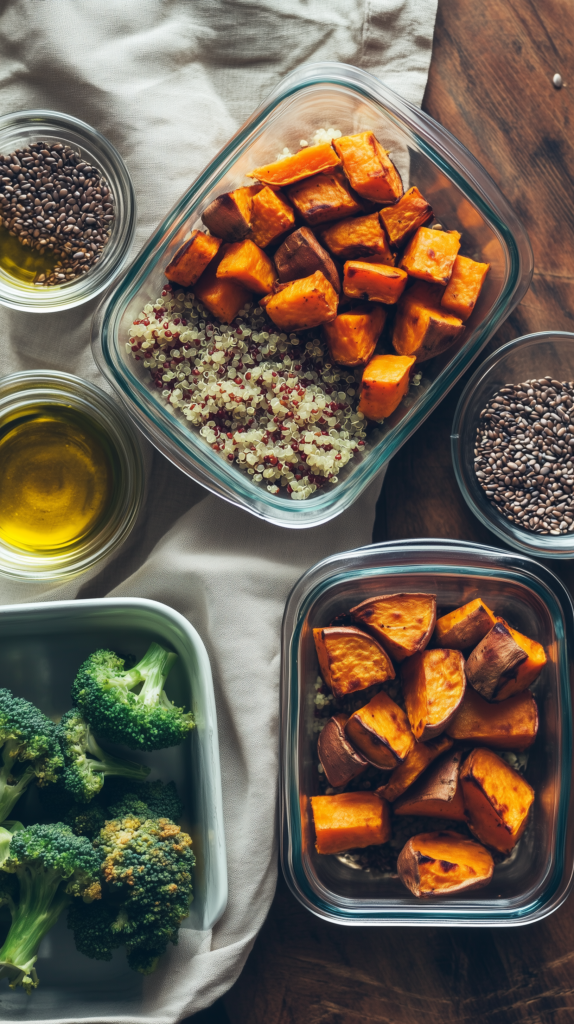
Meal prep is the secret that makes clean eating possible in a busy life.
I like to think of it as an act of kindness to my future self. A quiet Sunday afternoon spent roasting vegetables, cooking grains in bulk, or chopping fresh produce and storing them in glass containers means weekday meals come together in minutes.
When I have containers of lentils, rice, and pre-washed greens waiting in the fridge, the temptation to order takeout fades away.
Even small efforts make a difference. You don’t need an elaborate system; simply doubling a soup recipe to freeze, or portioning nuts into jars for quick snacks, can carry you through the week.
The more you prepare in advance, the easier it becomes to keep clean eating consistent.
For inspiration on making resets part of your weekly rhythm, read The Ultimate Sunday Reset.
Step Five: Begin With Breakfast
The way you start your day matters. Breakfast can either ground you or set you up for a rollercoaster of cravings. I’ve noticed when I reach for a protein-rich meal in the morning, my energy feels steady and my mood calmer.
Simple options like Greek yogurt with berries, avocado toast topped with a poached egg, or a smoothie with greens and almond milk all give your body what it needs without demanding much time. On mornings when I know I’ll be rushed, I prepare overnight oats or chia pudding the night before.
It’s a small effort that pays off, letting me begin the day feeling nourished and at ease.
Find more ideas for high protein breakfasts that keep you full all morning here.
Step Six: Keep Lunch and Dinner Simple
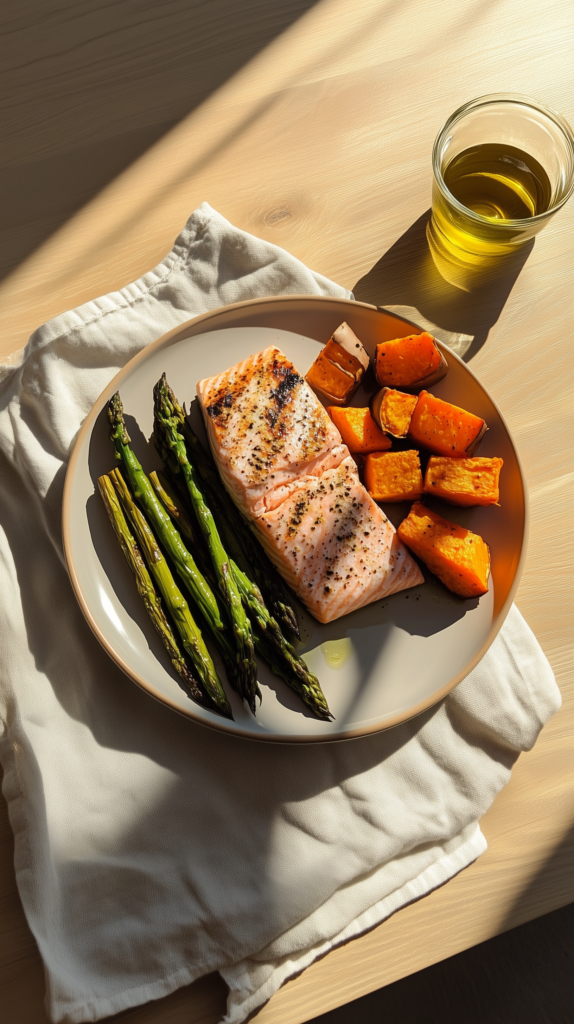
Lunch and dinner are where clean eating really shines because the possibilities are endless. But simple is always best.
I often rotate a handful of meals that I know I love: grilled salmon with quinoa and roasted vegetables, a hearty lentil soup with a side salad, or colorful Buddha bowls with chickpeas, sweet potatoes, and tahini drizzle.
Keeping a few staples on hand makes it easy to mix and match.
If I roast extra vegetables in the evening, they become tomorrow’s lunch bowl. If I cook a double portion of chicken, half can be tucked into wraps or salads for quick meals later in the week. Variety happens naturally when you prepare versatile ingredients and allow yourself to build meals around them.
The goal isn’t perfection, it’s creating a rhythm that feels doable and enjoyable.
Step Seven: Allow Flexibility
Clean eating is about progress, not perfection. There will be weeks when you order takeout or grab something quick on the go. That’s okay. Over time, these meals will become second nature, and your body will crave the foods that truly nourish it.
When dining out, I look for simple proteins and vegetables and skip heavy sauces or fried items. Most restaurants are happy to adjust meals if you ask.
Final Thoughts
Clean eating meal planning doesn’t require rigid rules or endless hours in the kitchen. With a stocked pantry, a simple shopping list, and a few make-ahead habits, you can enjoy balanced meals that bring energy and peace of mind.
This isn’t a diet—it’s a way of remembering what real food feels like in your body. Begin small, let it be flexible, and allow your meals to support you in building a calmer, more vibrant life.

